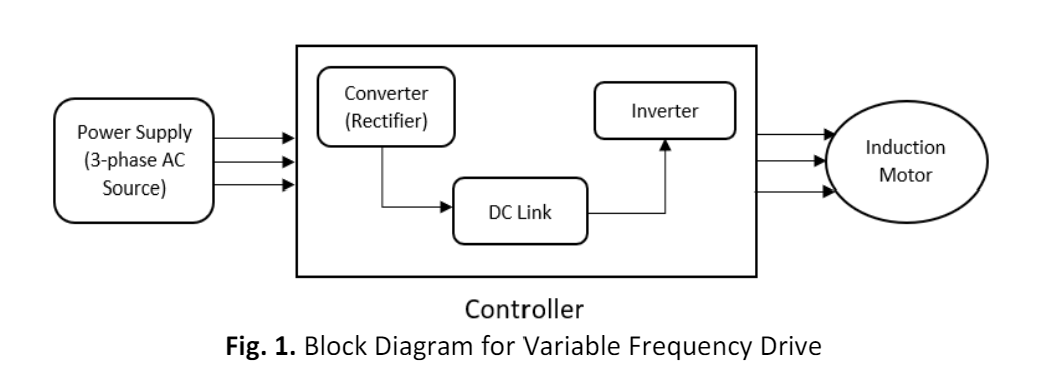Analysis of Variable Frequency Drive for Induction Motor using Matlab Software
DOI:
https://doi.org/10.37934/aram.116.1.117129Keywords:
Variable frequency drive, inverter, simulationAbstract
Induction motors have become essential part in motor-driven machinery industries. However, the inability to regulate the speed of the load can present significant challenges in terms of machinery maintenance and energy consumption. This paper simulates and proposes a solution for the induction motor speed control which implements an inverter consisting of a Variable Frequency Drive (VFD) system using Matlab software. The aim is to analyze the impact of adding a VFD circuit to a three-phase motor system in terms of its starting current and speed. A VFD is highly beneficial for electric motors as it can optimize motor speed based on the specific requirements or desired speed settings. The method involves the uses of power electronic devices such as IGBT components. By controlling the duration of on-off time and the width of the pulse, a desired frequency can be obtained. By varying the frequency of the power supply to the motor, the synchronous speed can be controlled to the required value. Simulation results demonstrate that a circuit with a variable frequency drive (VFD) drastically reduces starting current, effectively minimizing power losses during motor start-up. Comparative analysis reveals that the VFD, the starting current surge to approximately 9A, a significant improvement compared to the 50A spike observed without the VFD. Additionally, the motor speed remains consistent in both scenarios, suggesting that the VFD does not adversely affect the motor's speed, which is 1490 rpm, while maintaining the voltage and current supplied to the load. The findings highlight the benefits of using a VFD in the motor system to improve energy efficiency and minimize power losses during operation.
Downloads


























